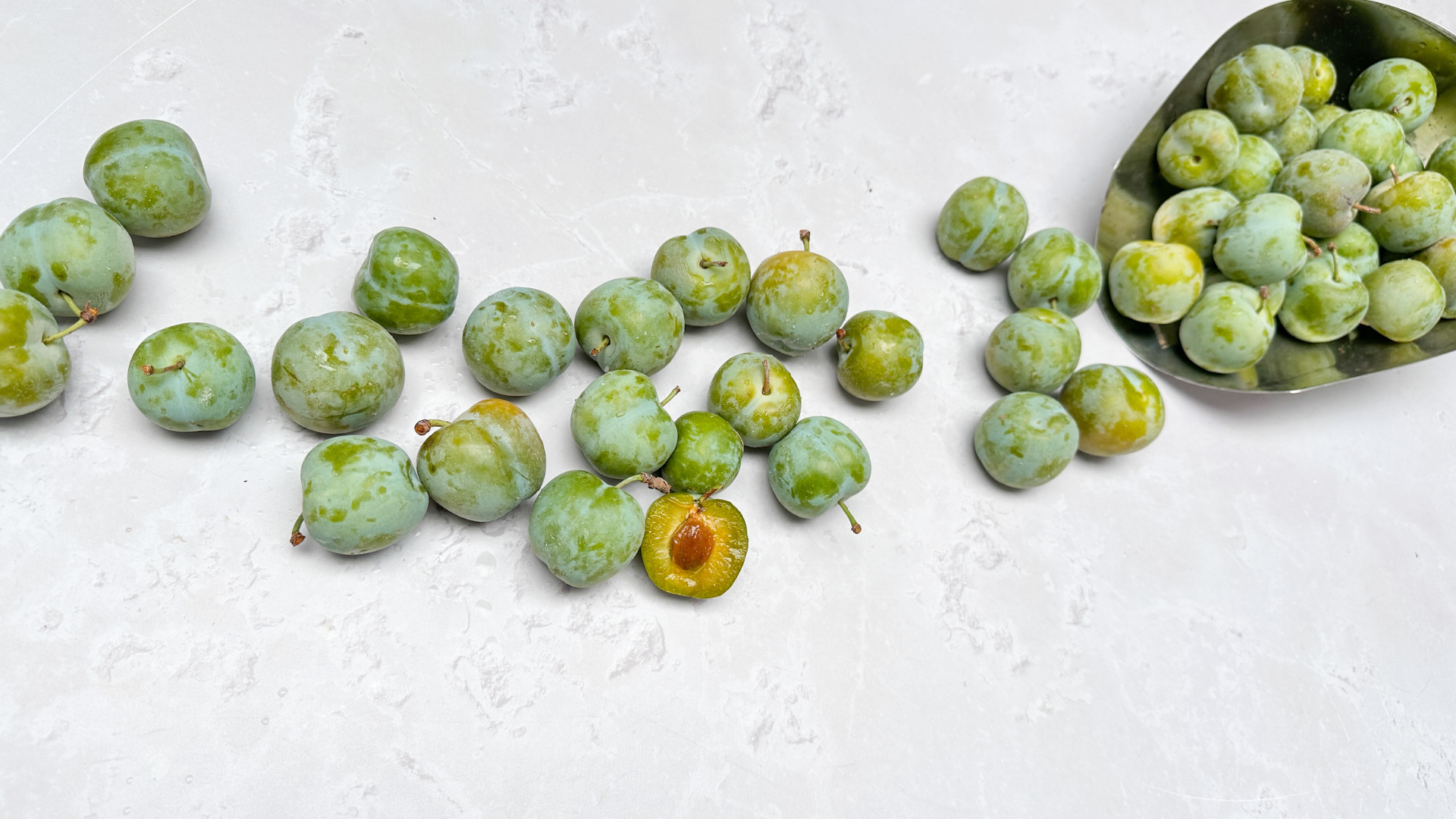
Greengages from France
Don’t be mistaken by their colour, which is often associated with unripe, sour flavours. They are actually considered one of the sweetest-tasting plums worldwide. With their dreamy combo of sweet, honeyed, syrup-like flesh and the right amount of acidity, they have a balanced and pleasant flavour with overtones of dried apricot, ripe mango, and citrus marmalade. (Greengage Plums, n.d.)
𝘚𝘰 𝘸𝘩𝘺 𝘪𝘴 𝘪𝘵 𝘤𝘢𝘭𝘭𝘦𝘥 𝘎𝘳𝘦𝘦𝘯𝘨𝘢𝘨𝘦?
🏴 It was thought that Sir William Gage, a politician in the House of Commons, imported the ‘green plum’ trees from France in 1724 and that the labels identifying the French plum trees were allegedly lost in route to Gage’s residence.
🇫🇷In France, the greengages are known as Reine de Claude, named after Queen Claude of France. Her father, Louis XII, brought the plum back home to Château Blois and distributed the trees to anyone who expressed an interest, which is why the area around Blois consists of numerous Reine de Claude trees to this day.
👑 A little-known fact about Claude is that she met the fifteen-year-old Anne Boleyn at her wedding in Paris and requested the bi-lingual Anne to join her court as her maid of honour and translator. Anne stood by Claude’s side through thick and thin for the following seven years, until she died.
🤔Rumour has it that Anne Boleyn may have introduced the little green plum to England when Henry VIII’s ship, The Mary Rose, sank in the Solent in 1545 as it was carrying five types of plums, including Reine de Claude. (The Ancient Greengage Tree &Mdash; Photograph France, 2020)
Available now




